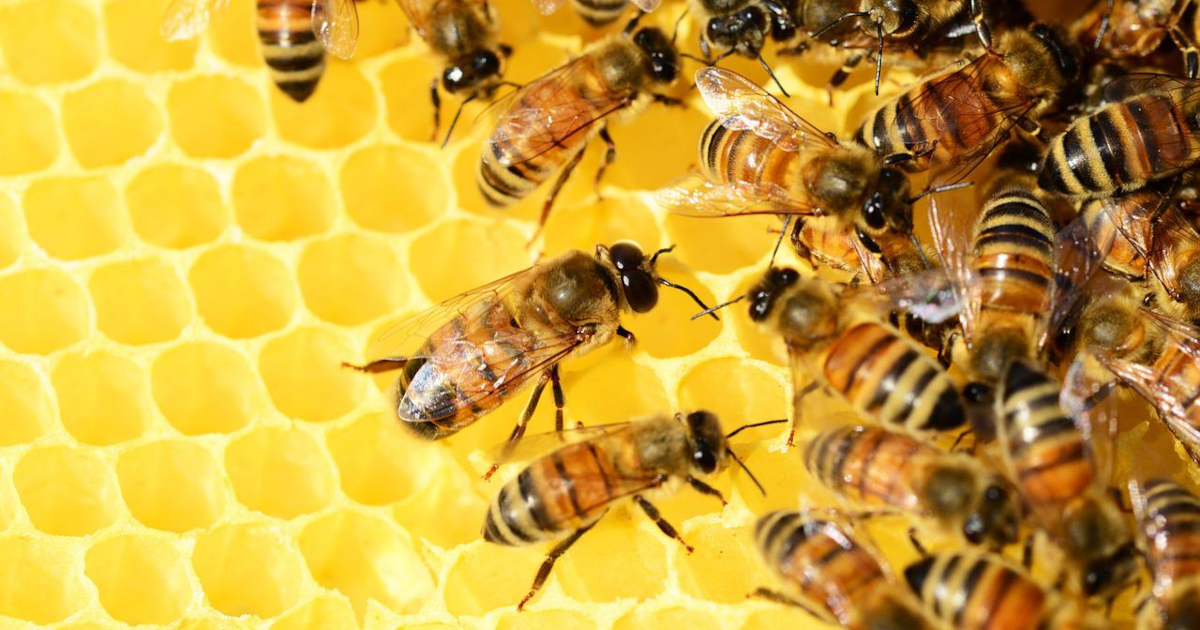
In the Face of Numerous Threats, Bees Are Producing Less Honey
Richard Coy is a fourth-generation beekeeper. For decades, he moved his bees around the country to provide pollination services and make honey in multiple states, returning to a home base in Arkansas, where they produced “soybean honey.”“We called it [that] because that was basically the only thing growing in the area,” he said. “But the bees were actually collecting honey off all of the wild plants along the edges of the soybean fields.”
April 1, 2023 | Source: Civil Eats | by Lisa Held
Richard Coy is a fourth-generation beekeeper. For decades, he moved his bees around the country to provide pollination services and make honey in multiple states, returning to a home base in Arkansas, where they produced “soybean honey.”
“We called it [that] because that was basically the only thing growing in the area,” he said. “But the bees were actually collecting honey off all of the wild plants along the edges of the soybean fields.”
Then, in 2017, Coy’s honey production fell off a cliff and never bounced back. In 2019, he packed up the whole operation and moved it to Mississippi to get away from the farming practices he believes are transforming the Midwest’s landscape into an inhospitable environment for honey production. Today, his bees collect nectar on the edges of hillsides instead of commodity crop fields, but the area can only support 3,000 hives, compared to the 10,000 he used to keep in Arkansas.
